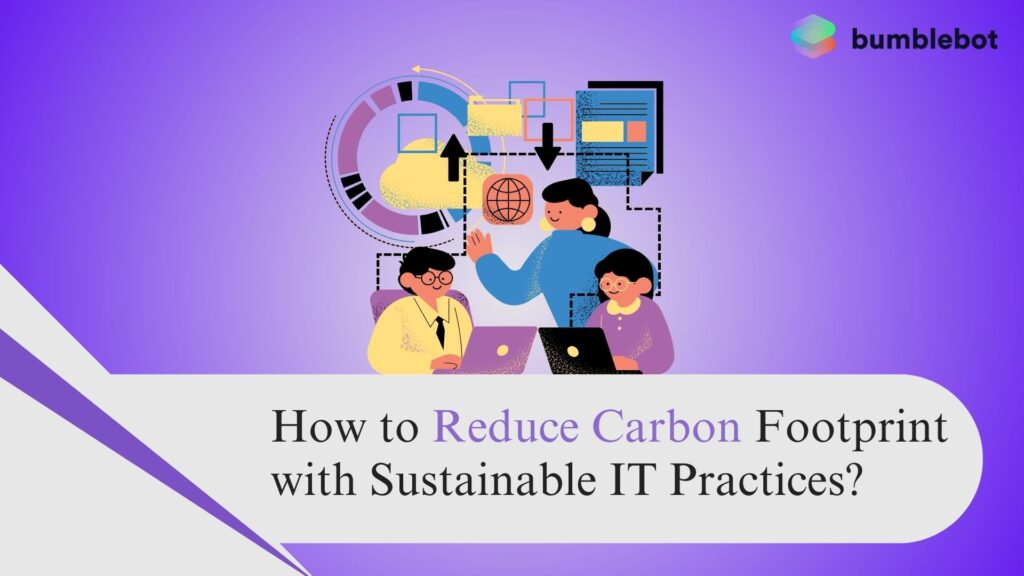Today, more than ever, companies worldwide are worried about their tech activities’ impact on the environment. As we face more significant climate change problems, businesses are also trying to find more innovative ways to work that are good for the planet. Sustainable IT practices are the solution, helping to use less energy, make tech equipment last longer, and keep operations green. In this guide, we’ll show you how adopting these green IT habits can help your company cut carbon emissions, make both devices and workers happier and more efficient, save money, and boost overall productivity.
The Importance of Sustainable IT
Sustainable IT is essential today, where caring for the environment is very important. Companies using sustainable methods in their IT work help reduce harmful carbon emissions and use less energy. This is good for the Earth, saves money, and makes businesses work better. It supports a healthier economy for everyone.
Optimizing Device Experience Management
Sustainable IT focuses on using and caring for devices well to make them last longer. This helps reduce waste and the need to buy new ones often. By using devices in a way that saves energy and recycling or fixing them when possible, we can significantly reduce the harm they do to the environment.
Enhancing Employee Experience Management
Using sustainable IT practices is critical to improving how employees feel at work. When companies give their staff tools and rules that help save energy and protect the environment, they encourage a workplace where caring for the planet is essential. This means teaching employees how to use their devices using less energy, like adjusting their settings to save power and using digital files instead of paper.
Achieving Reduction in IT Cost Operations
Using eco-friendly IT methods can significantly reduce how much it costs to run IT. Choosing hardware and software that use less energy, making data centers better, and using cloud services can all help save power and make IT smaller overall. Also, smartly recycling and updating old IT equipment can save money on buying and running costs.
Improving Productivity Through Sustainability
Making our work more sustainable also makes us more productive. When we make our computer systems use less energy, everything runs better and more reliably. Sustainable methods like cloud computing and online meetings help teams work together more efficiently and flexibly. This leads to more productivity and new ideas.
The Bumblebot Technologies Approach
At Bumblebot Technologies, we focus on making IT practices sustainable and central to business operations. We create solutions that help organizations handle their devices and team experiences more effectively. This not only supports the environment but also improves how the business runs. Our thorough method dramatically reduces IT costs, boosts work output, and encourages a sustainable work environment.
Bumblebot Technologies makes IT more sustainable with our cutting-edge tools for managing devices and enhancing employee experiences. We’re committed to helping businesses reduce their carbon footprint and work more efficiently. This makes us the perfect choice for companies aiming for a greener, more sustainable future.
Sustainable IT practices are crucial for a healthier planet and reducing carbon emissions. These practices, such as managing devices and employee experiences, cutting IT costs, and boosting productivity, benefit both the environment and the economy. Bumblebot Technologies is here to help companies make this critical shift. They provide solutions that tackle current sustainability challenges and lead to a greener and more efficient future.
Embrace a Greener Future with Sustainable IT
Making our future sustainable is a big task and an excellent chance for companies everywhere. If businesses use green IT strategies, they can help protect the environment, save money, and work better. Let’s join forces to build a better world for the planet, using technology to lead the way.
To Know More – Device Experience: Balancing Protection on User-Friendliness


